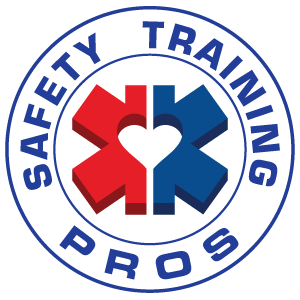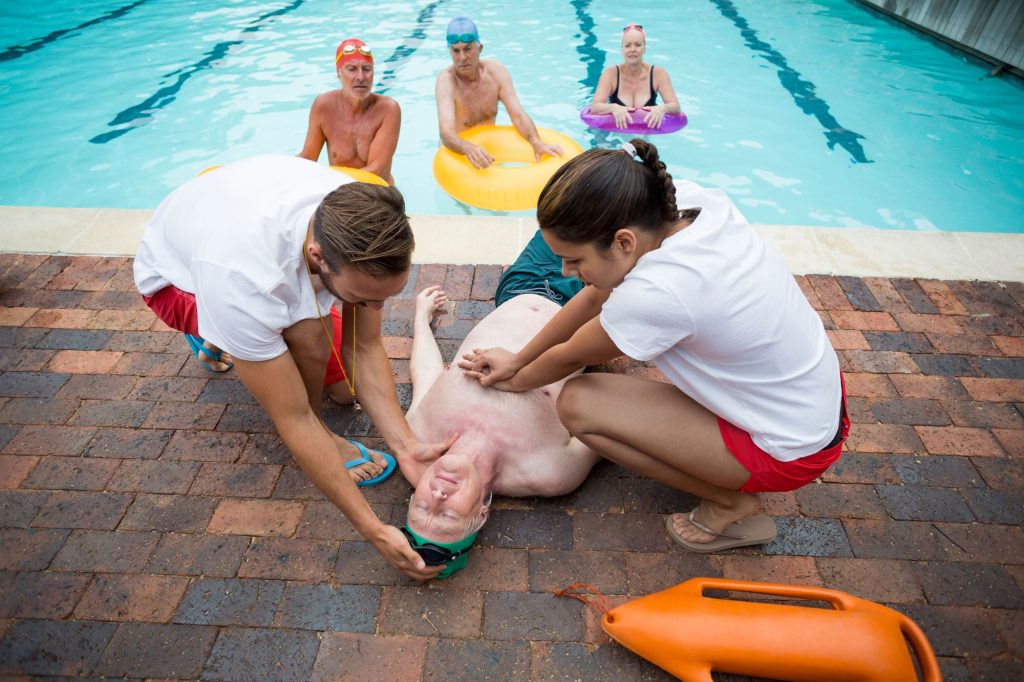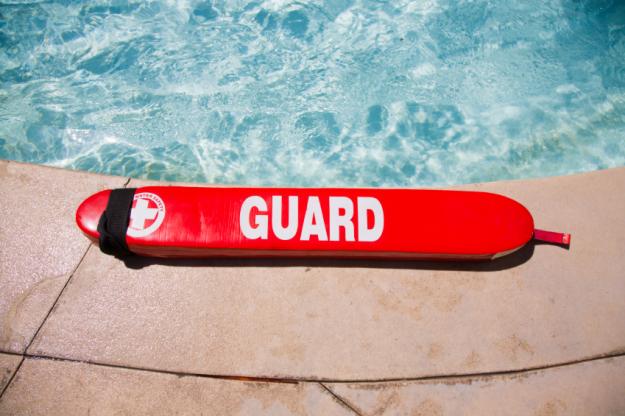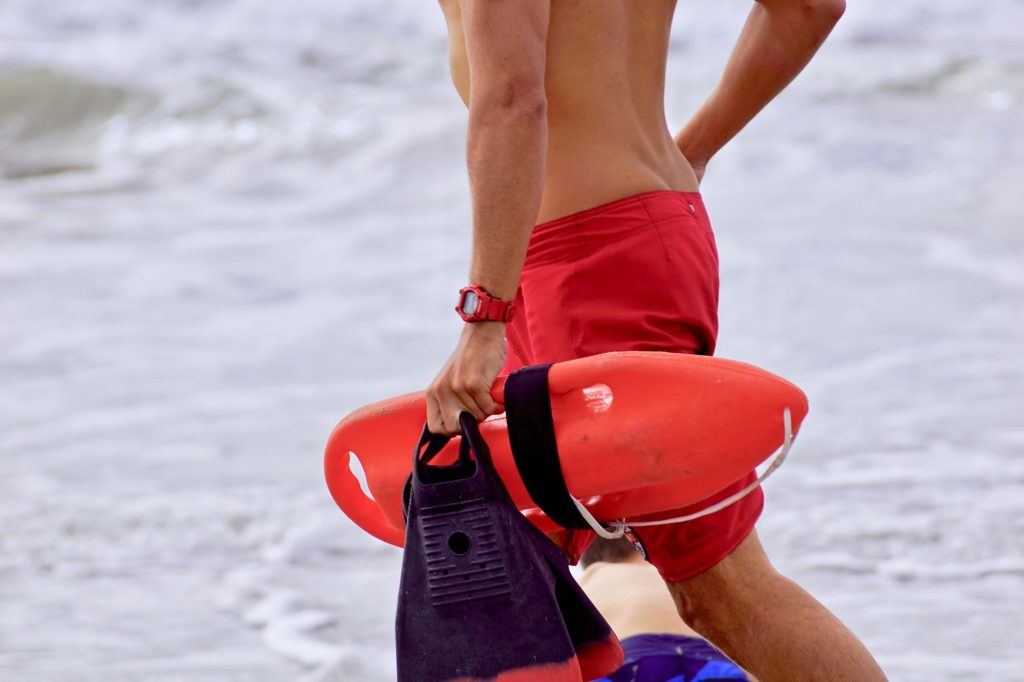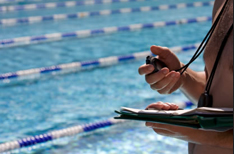- September 16, 2016You may have may have seen our recent post on Facebook about the tragic accident that involved a teen, who was…
- September 9, 2015Set yourself apart from the crowd by adding Advanced Lifeguard Training to your resume. Our training is only offered once…
- September 9, 2015Safety Training Pros is offering a one day re-certification class for current lifeguards. The class is from 8:00 AM -…
- February 17, 2014We've been working hard on creating some new videos for your viewing pleasure and we'll be rolling them out soon.…
